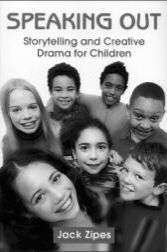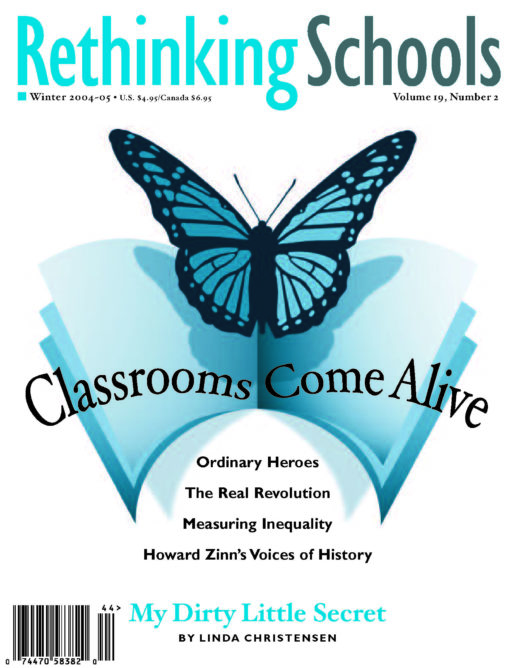Good Stuff 19.2

Hotel workers are currently on strike in San Francisco, and many of the students I work with have family or family friends on the line. We talk about the strike and speculate about its outcome. Recently I discovered a children’s book that is one of those rare books that tells a tale as interesting to high school students as to kindergarteners. Si,Se Puede! Yes, We Can, by Diana Cohn, is narrated by a child who tells the story of her mother, a janitor in a Los Angeles high-rise who is out on strike. It portrays dignified people, working hard to make their way into society and fighting for their rights.
The book, with its essay by Luis Rodriguez, centers on the successful janitors’ strike in Los Angeles, but it could just as well be San Francisco and the current hotel workers’ strike. This moving story shows how the young narrator is educated and drawn into the world of labor struggles.
As contrast, or perhaps more appropriately, complement, to Sí, Se Puede! are two books about play in school. So what about play in school? Is it a waste of time? Is there a relationship between play and sophisticated learning? What is the role of playful imagination in the development of the mind? These are old questions, but these days, they are hardly ever asked. So much that is demanded of children in schools deprives them of the privileges of a rich and joyful childhood. The joy of learning has been driven underground and with it much of the pleasure of teaching. Both Junkyard Sports and Speaking Out: Storytelling and Creative Drama for Children bring them to the surface again.
Junkyard Sports, by games maven Bernie DeKoven, describes dozens of games from football to hockey and volleyball that can be modified and played anywhere. DeKoven’s games require no expensive equipment and are open for the players to make and change the rules, develop scoring systems, and create strategies that have nothing to do with the competitive zero-sum rules of professional sports. Two of the magical games DeKoven introduces us to are Ad Hoc Golf Soccer, where players play golf with a soccer ball on a course they create one hole at a time, and one-foot football, where the players hop rather than run. There are dozens of imaginative riffs on making up games in this book. It is bound to pull you and your students into playing games they create.
Finally, Jack Zipes’ Speaking Out is a story of how he and a number of teachers did theater with a group of students in Minneapolis. It’s a manual on how to transform traditional myths, fairy tales, and superhero comics into modern parables with some political bite to them. The book mixes actual work with students with an informed and sensitive narrative that should draw even the most reluctant teacher into trying his or her hand at drama. n
Sí, Se Puede! Yes, We Can
By Diana Cohn, illustrated by Francisco Delgado (Cinco Puntos Press, 2004). 32 pp. $15.95.
Junkyard Sports
By Bernie DeKoven (Human Kinetics, 2005). 184 pp. $19.95.
Speaking Out: Storytelling and Creative Drama for Children
By Jack Zipes (Routledge, 2004). 296 pp. $21.95.

